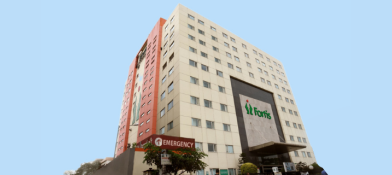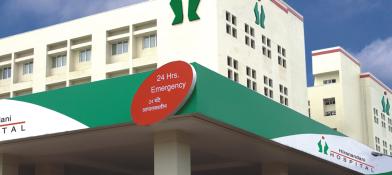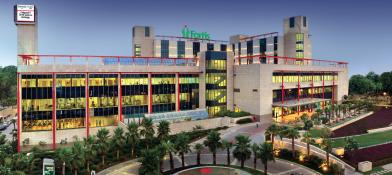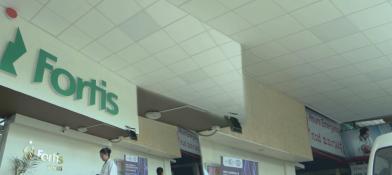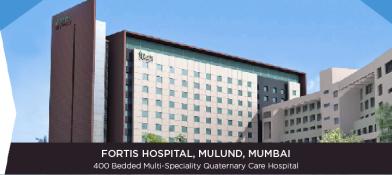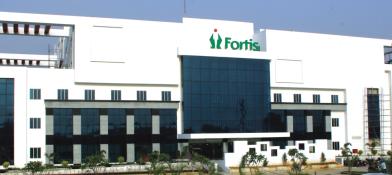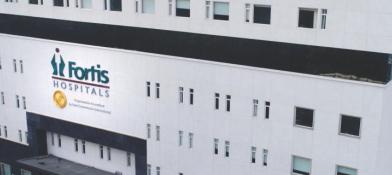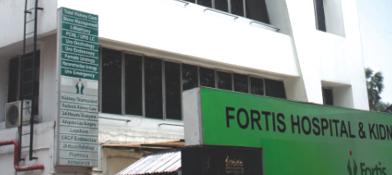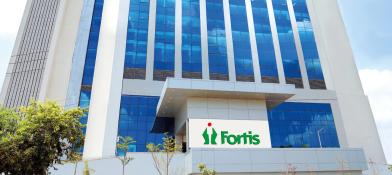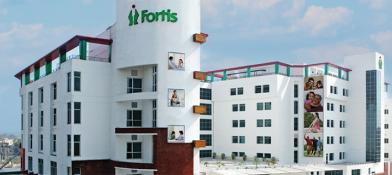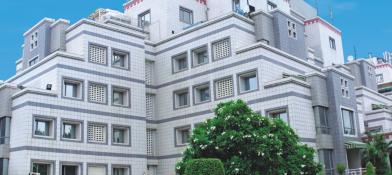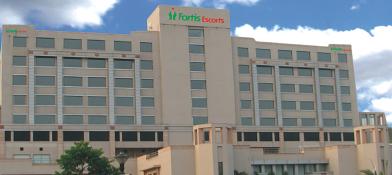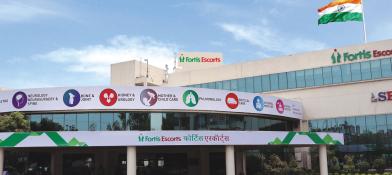Laryngotracheal reconstruction
Overview
Laryngotracheal reconstruction (LTR) is a surgical technique for correcting subglottic stenosis (SGS). SGS occurs due to the development of abnormally small cricoid ring structures in the tracheal area. It is a direct or indirect result of the trauma and inflammation. It is a common condition developed in infants who are admitted to neonatal intensive care units and who are on ventilator support.
LTR is a landmark airway expansion technique developed for successful SGS management. It widens the trachea or windpipe by enlarging the cartilaginous rings. The rings are enlarged using grafts placed between them. This technique decreases airway obstruction, increases the airway lumen, and improves the voice.
Indications
LTR is indicated in individuals who do not have a stable airway, causing difficulty in breathing, especially in intubated infants. Conditions like airway stenosis, which is caused by infection, disease, or injury, are indications of LTR. Airway stenosis can occur due to birth defects or due to a medical procedure at the level of vocal cords (glottic stenosis), below the level of vocal cords (subglottic stenosis), or at the level of the windpipe (tracheal stenosis). LTR is also indicated for voice box malformations. Voice box malformations can occur due to congenital disabilities or abnormal tissue growth.
Another condition for which LTR is indicated includes tracheomalacia (weakened cartilage). This is a condition where an infant's cartilage is immature and lacks the firmness or strength to maintain the airway, giving rise to breathing issues. It is also indicated in a condition called vocal cord paralysis, where one or both cords do not function properly and obstruct the airway.
Before the procedure
Infants undergoing LTR should be thoroughly evaluated before surgery. Thorough medical history, medical conditions, birth history, and medication history should be evaluated. Surgeons also consider factors like reflux, oxygen levels, and neurological conditions to ensure the safety of the infants. Specific physical tests might be conducted to understand the individual's current health status. Investigations include blood tests and imaging studies like X-rays/CT/MRI to check for any cardiopulmonary abnormalities.
Endoscopy might be done to inspect the airways for any abnormalities like obstructions. The airway will also be assessed for the size and condition of the vocal cords, mobility, patency, and any possible secondary lesions. Functional evaluations include pulmonary function tests, swallowing difficulty tests, voice evaluations, and sleep studies, which will also be done to assess the entire airway and confirm their fitness for surgery. These help healthcare professionals plan surgery effectively to develop a better treatment strategy. LTR should be done on an empty stomach. Hence, it is advisable to refrain from feeding the patient at least 8-12 hours before the surgery.
During the procedure
LTR is done to widen the airway, remove the tracheostomy tube, and preserve the voice. This is done in two stages. A single-stage procedure and a double-stage procedure. During single-stage reconstruction, the airway is widened by placing cartilaginous grafts collected from different areas and placed into the trachea. The grafts are supported by temporary endotracheal tubes placed for a few days to weeks. The tracheostomy tube is removed and replaced by an endotracheal tube during reconstruction.
In a double-stage procedure, airway reconstruction is done by placing cartilage from different areas and leaving the tracheostomy tube in place. This is left for about a month or more for the area to heal. After healing, the stent or the tracheostomy tube is removed in the next stage. Double-stage procedure is preferred when prolonged stenting is required in cases of airway pathologies or revision surgeries.
After the procedure
After the surgery, the patient will be kept on a ventilator to keep the tube from displacing. They are constantly monitored for vitals and the development of any infections. One might have to stay for a week or more in the hospital for a single-stage procedure and much longer if it is a double-stage procedure. They will be evaluated for airway healing with regular endoscopic examinations. Medications like antibiotics and anti-reflux drugs are prescribed to ward off any infections and reflux of the gastric contents. The endotracheal tube or stent is removed in about 7-10 days after surgery.
Risks and complications
Risks and complications are classified as those occurring during the procedure, in the early stage after the procedure, or in the late postoperative phase. Some of them include risks and complications, such as infections at the surgical site, airway leakages, bleeding, hematomas, pneumonia development, or excessive granulation tissue development. Collapse of the lungs due to trauma during surgery, prolapse of the tissues, webbing, fistulas, extubation, displacement of the stent or the tube, and restenosis are some of the other complications that can develop after LTR.
The success of LTR
A well-healed airway with decannulated done indicates the success of LTR. This decannulation can be done in a single-stage or multi-staged manner. Decannulation is planned depending on the severity of stenosis and the surgical technique.
Benefits of LTR
LTR is beneficial for individuals whose airways have narrowed, and there is an abnormality in the voicebox.
Conclusion
Laryngotracheal reconstruction (LTR) is a surgical procedure that widens the airway, removes tracheostomy tubes, and preserves voice function in individuals with airway obstruction. It is indicated for subglottic stenosis, tracheomalacia, and vocal cord paralysis. LTR can be performed in single-stage or double-stage procedures, each with advantages and considerations. LTR's success is determined by achieving a well-healed airway and successful decannulation, offering significant benefits to individuals with narrowed airways and voice box abnormalities.


